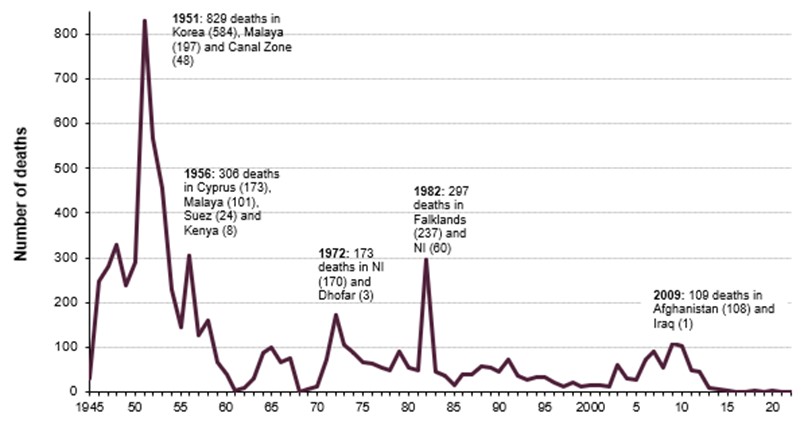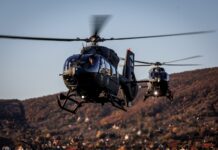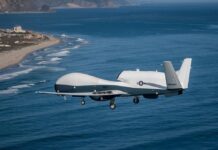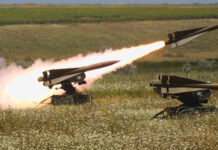While Russia’s February 2022 invasion of Ukraine has brought the most prolonged conflict and bloodshed to Europe since the 1991-2001 Balkan wars, over the last decade the British armed forces have recorded their lowest rates of deaths on operations since the Second World War.
According to statistics published by the UK Ministry of Defence (MoD) on 30 March 2023, from 2016 until now there have been just eight deaths on operations. There were no deaths in 2016, one in 2017 and two in 2018 during Operation ‘Shader’ (the UK’s contribution to the fighter against the Islamic State in Iraq and Syria), one death in 2019 during Operation ‘Corded’ (anti-poaching missions in sub-Saharan Africa), one death in Afghanistan and one during Operation ‘Shader’ in 2020, and one death in both 2021 and 2022 during Operation ‘Shader’.
Since 1945 and prior to 2016 there was just one year, in 1968, when no UK service personnel were killed on operations.
The largest number of deaths among UK armed forces personnel in one operation was the loss of 1,442 lives during the so-called ‘Malayan Emergency’ from 1948 to 1960, when UK forces were deployed against communist guerrillas in the Malay Peninsula.
This compares with 1,441 lives lost on operations in Northern Ireland between August 1969 and July 2007, 1,129 killed in Korea between June 1950 and July 1954, 754 killed in Palestine between September 1945 and June 1948, 457 killed in Afghanistan from September 2001 and August 2021, 405 killed in the Suez Canal Zone between October 1951 and October 1954, 358 killed in Cyprus between April 1955 and April 1959, 237 killed during the Falklands campaign from April to October 1992, and 178 killed in Iraq as part of Operation ‘Telic’ between January 2003 and May 2011.

In all, 7,192 UK service personnel have been killed on operations in all theatres since 1945.
UK regular armed forces mortality rates from 2016 (deaths while in service) have been recorded between a low of 57 in 2020 to a high of 75 in 2016. Among these, confirmed suicides have been recorded between a high of 18 in 2018 to a low of seven in 2022, although there were 12 additional deaths awaiting a possible suicide verdict in 2022 and 13 in 2021, when the number of confirmed suicides was 16.
Of the longer trend, the UK MoD stated, “The UK regular armed forces have seen a declining trend in male suicide rates since the 1990s and were consistently lower than the UK general population over the last 35 years. However, since 2017 the number of army male suicides has increased, and the risk of suicide among army males was the same as the UK general population for the first time since the mid-1990s. This increase was driven by deaths among young army males; suicide rates among army males aged 20-24 years were significantly higher than the UK general population.”
Figures for deaths during training in UK service from 2016 have been recorded from a high of five in 2016 and 2022 to just one in 2019 and one so far in 2023.
Peter Felstead











